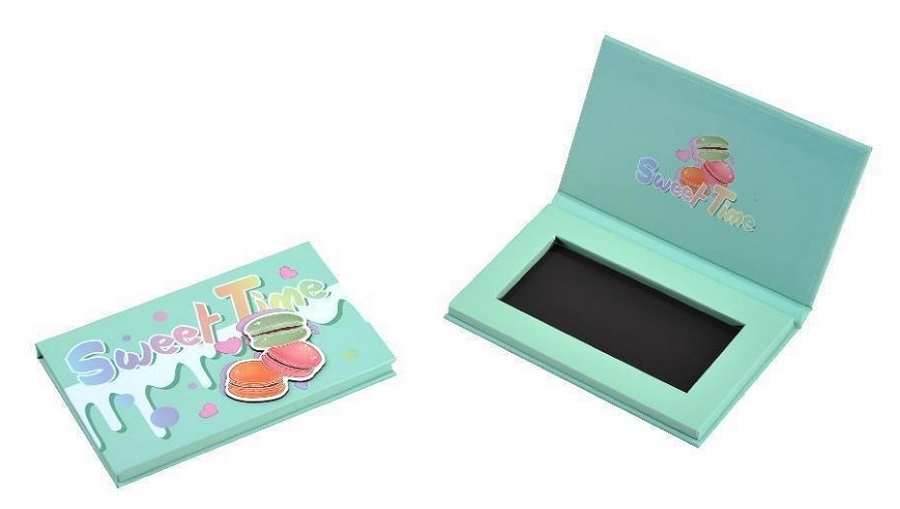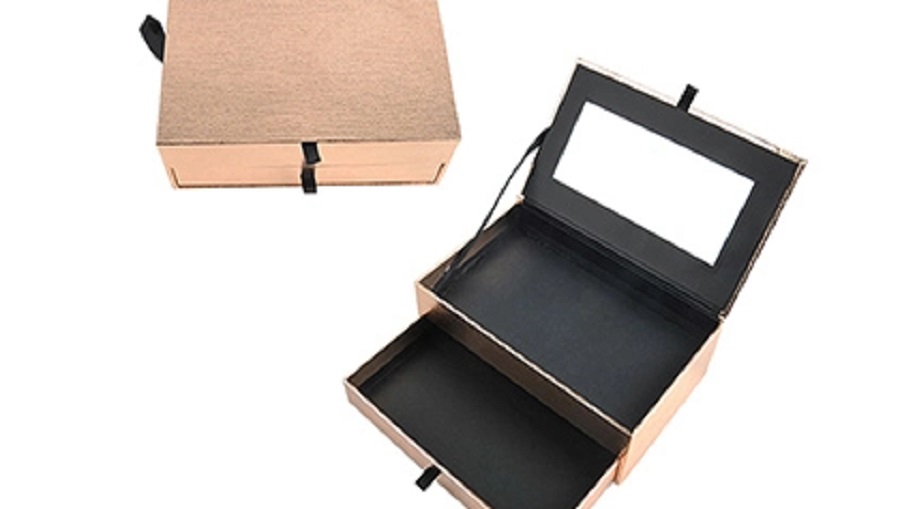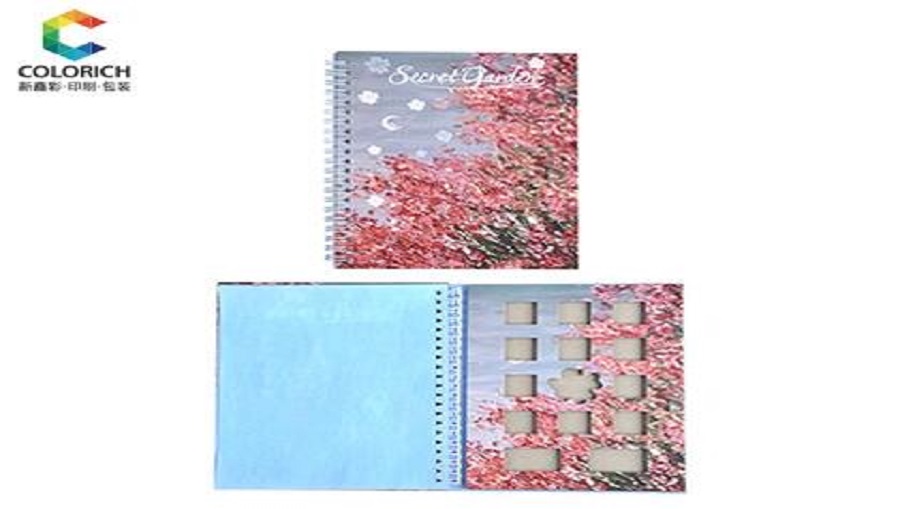24 09. 2025
 Custom Magnetic Palette: The Perfect Combination of Function and Aesthetics
Sep.24,2025
Custom Magnetic Palette: The Perfect Combination of Function and Aesthetics
Sep.24,2025
 How to Choose Drawer Paper Boxes?
Sep.14,2025
How to Choose Drawer Paper Boxes?
Sep.14,2025
 Eyeshadow Palette Packaging: The Key to Elevating Brand Image and Consumer Experience
Sep.04,2025
Eyeshadow Palette Packaging: The Key to Elevating Brand Image and Consumer Experience
Sep.04,2025
 Your Trusted Partner for Private Label Custom Eyeshadow Palette Packaging?
Jul.11,2025
Your Trusted Partner for Private Label Custom Eyeshadow Palette Packaging?
Jul.11,2025
 Why Are Custom Chinese Style Magnetic Makeup Palettes a Game-Changer for Global Beauty Brands?
Jul.11,2025
Why Are Custom Chinese Style Magnetic Makeup Palettes a Game-Changer for Global Beauty Brands?
Jul.11,2025
 Why Choose Sustainable & Eco-Friendly Custom Packaging for Cosmetics?
Jun.17,2025
Why Choose Sustainable & Eco-Friendly Custom Packaging for Cosmetics?
Jun.17,2025
